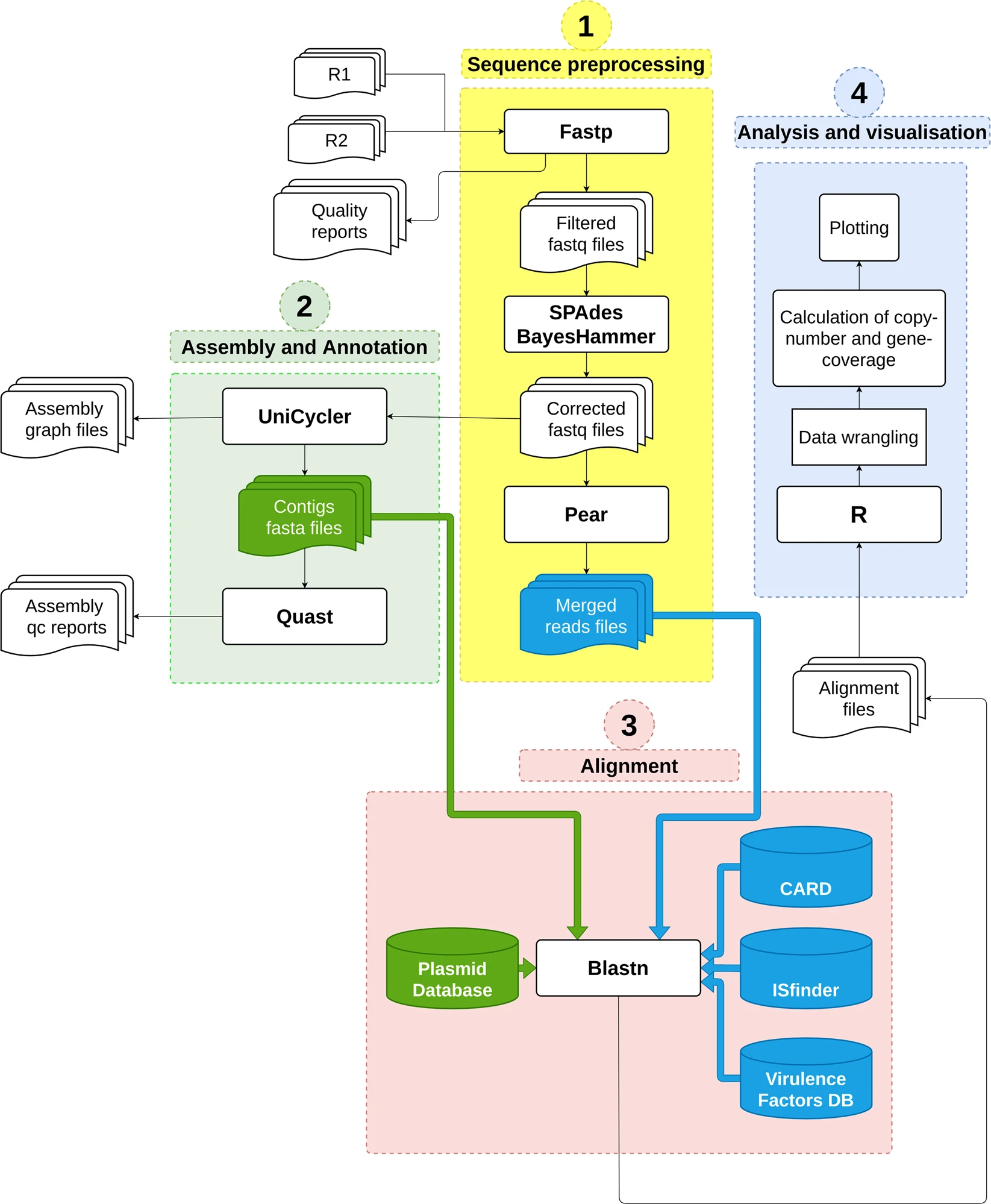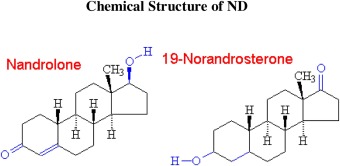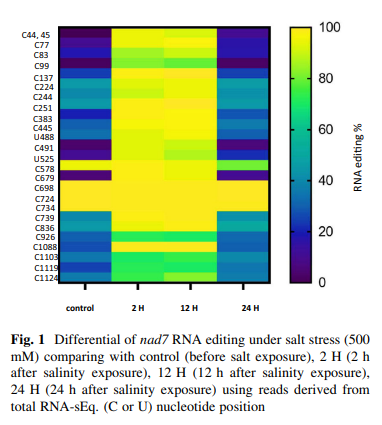
Genotypic characterization of multiple drug resistant Escherichia coli isolates from a pediatric cancer hospital in Egypt
Infection with multiple drug resistant (MDR) Escherichia coli poses a life threat to immunocompromised pediatric cancer patients. Our aim is to genotypically characterize the plasmids harbored in MDR E. coli isolates recovered from bacteremic patients of Children’s Cancer Hospital in Egypt 57357 (CCHE 57357). In this study, 21 carbapenem-resistant E. coli (CRE) isolates were selected that exhibit Quinolones and Aminoglycosides resistance. Plasmid shot-gun sequencing was performed using Illumina next- generation sequencing platform. Isolates demonstrated resistant to all beta-lactams, carbapenems, aminoglycosides and quinolones. Of the 32 antimicrobial resistant genes identified that exceeded the analysis cutoff coverage, the highest represented genes were aph(6)-Id, sul2, aph(3″)-Ib, aph(3′)-Ia, sul1, dfrA12, TEM-220, NDM-11. Isolates employed a wide array of resistance mechanisms including antibiotic efflux, antibiotic inactivation, antibiotic target replacements and antibiotic target alteration. Sequenced isolates displayed diverse insertion sequences, including IS26, suggesting dynamic reshuffling of the harbored plasmids. Most isolates carried plasmids originating from other bacterial species suggesting a possible horizontal gene transfer. Only two isolates showed virulence factors with iroA gene cluster which was found in only one of them. Outside the realms of nosocomial infections among patients in hospitals, our results indicate a transfer of resistant genes and plasmids across different organisms. © 2020, The Author(s).



